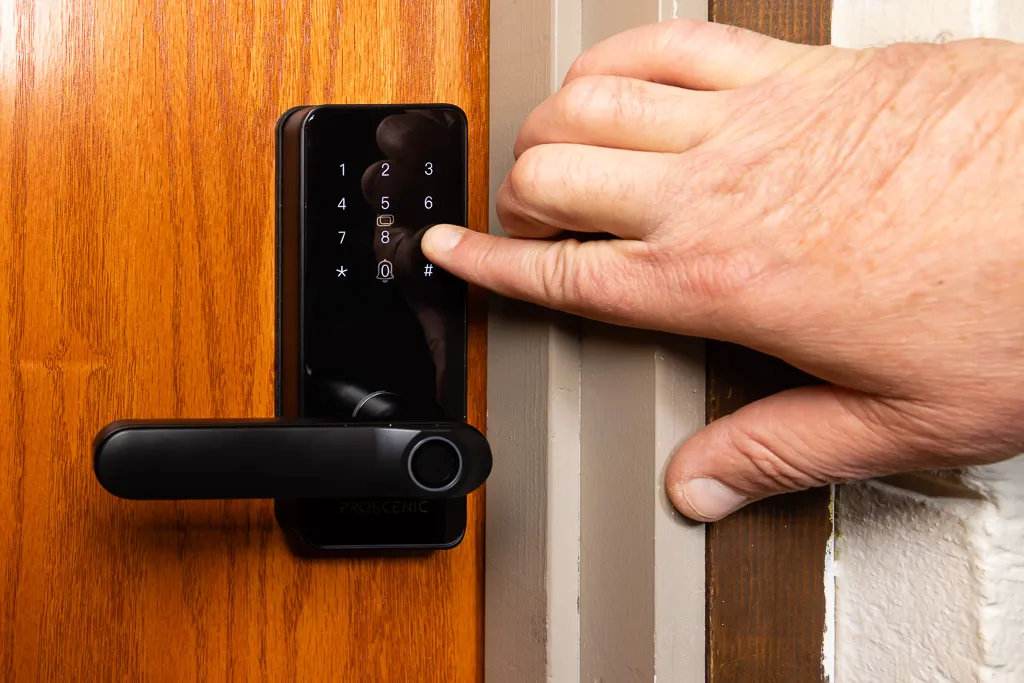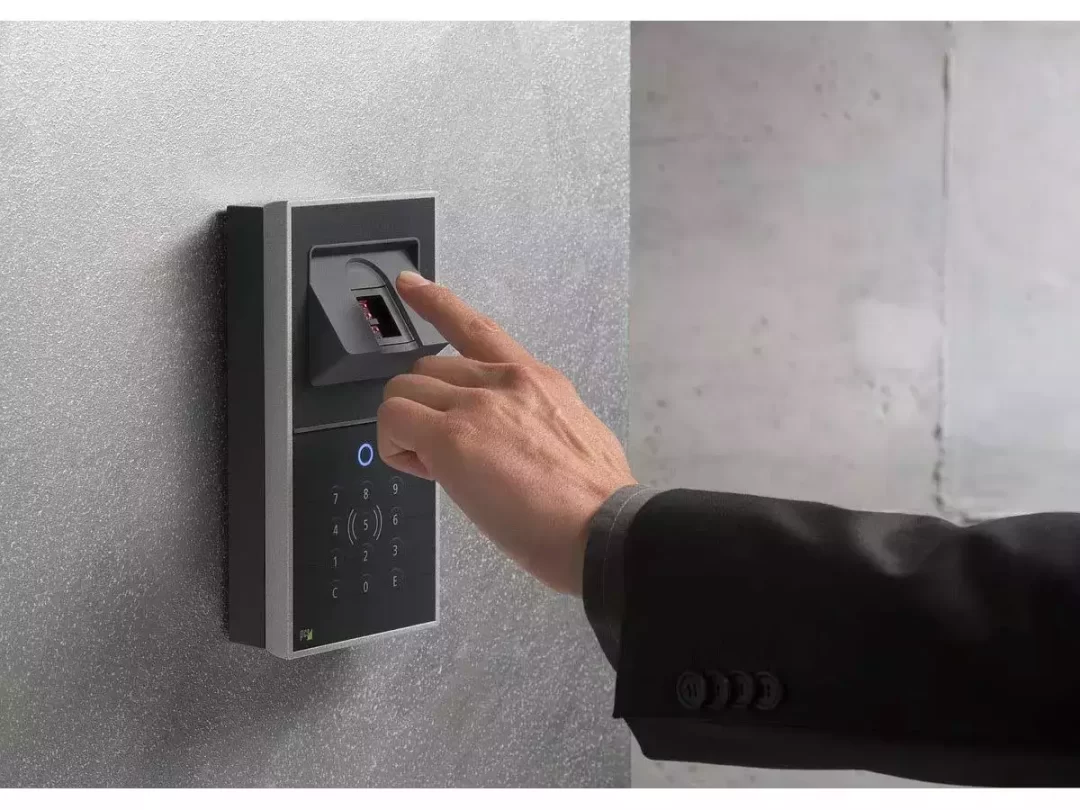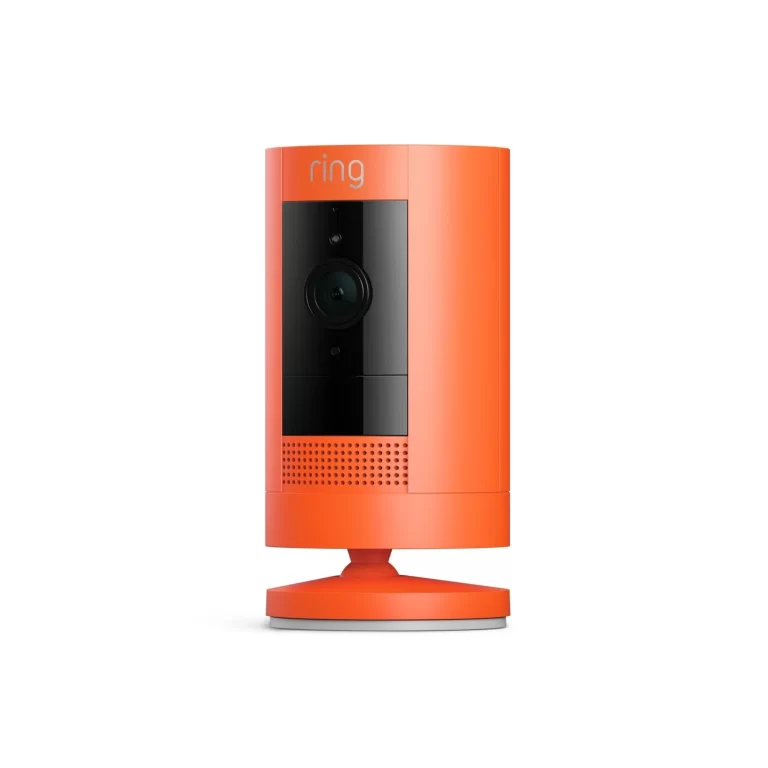Advantages and Weaknesses of Biometrics Locks
Advantages and weaknesses of biometrics locks. Discover the myriad benefits and advantages of biometrics locks in this comprehensive guide. Explore how biometric technology is revolutionizing security and access control.
In the ever-evolving landscape of security and access control, one technology stands out as a beacon of innovation and reliability: biometrics locks.
The Advantage of Biometrics Locks has become a hot topic in recent years, and for good reason. This advanced technology not only enhances security but also simplifies the way we protect our homes, offices, and valuable assets.
In this in-depth guide, we’ll delve into the world of biometrics locks, uncovering the advantages and weaknesses of biometrics locks.

Advantages of Biometrics Locks
Biometric locks offer an unprecedented level of security and convenience.
These locks utilize unique biological traits, such as fingerprints, retinas, and even facial features, to grant or deny access. Here’s why they are gaining immense popularity:
1. Unparalleled Security
One of the foremost advantages of biometrics locks is their exceptional security.
Unlike traditional lock and key systems, which can be easily compromised, biometric locks rely on unique biological markers that are nearly impossible to replicate.
This makes unauthorized access a near-impossibility, providing peace of mind to homeowners and businesses alike.
2. Convenience Redefined
Imagine never having to fumble for your keys or remember complex access codes again. Biometrics locks eliminate the need for physical keys or passwords, simplifying access.
With a simple touch or glance, you can unlock doors, safes, or devices effortlessly.
3. Rapid Access
In emergency situations, every second counts. Biometric locks offer rapid access, ensuring you can enter your premises swiftly when needed. This can be a lifesaver in critical situations.
4. User-Friendly
Biometric technology is incredibly user-friendly. It adapts to the user’s unique traits, ensuring a seamless and hassle-free experience. There’s no need to memorize codes or carry heavy keychains.
5. Audit Trail
For businesses and organizations, biometric locks provide a valuable tool for monitoring access.
They generate an audit trail, allowing you to track who entered and exited a premises at any given time, enhancing security and accountability.
6. Versatility
Biometrics locks are highly versatile and can be integrated into various applications, from securing doors to protecting sensitive data on electronic devices.
Their adaptability makes them suitable for a wide range of security needs.
7. Future-Proof
As technology advances, biometric locks continue to evolve. They are future-proof, with potential for even more sophisticated features and enhanced security measures.
Weaknesses of Biometric Locks?

Biometric locks are undoubtedly a remarkable innovation in the field of security. They offer unparalleled convenience and robust protection against traditional lock-picking methods.
However, like any technology, they are not without their vulnerabilities. Let’s explore some of the key weaknesses associated with biometric locks:
1. Spoofing
Biometric locks rely on the uniqueness of our biometric data, such as fingerprints or facial features. However, these systems can be fooled by high-quality replicas of these biometric traits.
Sophisticated spoofing techniques involve creating lifelike replicas or using high-resolution images to gain unauthorized access.
2. False Acceptance Rate
One common issue with biometric locks is the false acceptance rate (FAR). This metric represents the likelihood of the system mistakenly granting access to an unauthorized individual.
Factors like environmental conditions, sensor quality, and the user’s biometric data quality can contribute to a higher FAR, compromising security.
3. False Rejection Rate
Conversely, the false rejection rate (FRR) is another weakness to consider. FRR denotes the probability of the system denying access to an authorized user.
This can occur due to variations in biometric data caused by factors like injuries, aging, or changes in lighting conditions.
4. Cost and Maintenance
While biometric locks offer exceptional security, they come at a higher cost compared to traditional locks.
Additionally, they require regular maintenance and occasional software updates to remain effective, which can be a financial burden for some users.
5. Limited Compatibility
Not all biometric locks are universally compatible with different devices and systems. This can be a drawback when integrating them into existing security setups, potentially leading to inconveniences and additional costs.
6. Environmental Factors
Extreme environmental conditions, such as heavy rain, extreme cold, or excessive humidity, can affect the performance of biometric sensors. This limitation may make them unsuitable for certain outdoor applications.
7. Limited User Database
Biometric locks have a finite capacity to store biometric data. This limitation can be problematic for businesses or organizations with a large number of authorized users.
8. Initial Setup Complexity
Setting up biometric locks can be more complex than traditional locks, requiring proper calibration and user registration. Inexperienced users may face challenges during the installation process.
9. Vulnerability to Biometric Data Theft
Biometric data, once compromised, cannot be changed like a password. If a hacker gains access to your biometric information, it can be exploited indefinitely.
This vulnerability raises concerns about data breaches and identity theft.
10. Power Outages
Biometric locks often rely on electrical power sources. In the event of a power outage, they may become non-functional, leaving you temporarily locked out of your property.
Battery backup systems can mitigate this weakness, but they are not foolproof.
Conclusion
In conclusion, biometric locks offer a compelling blend of security and convenience. Advantages and weaknesses of biometrics locks should be considered.
Their advantages, including top-tier security, speed, and access control, make them an attractive option for various applications.
However, the cost and potential technical challenges should be carefully considered. Ultimately, the decision to implement biometric locks should align with your specific security needs and budget.
READ ALSO!!!

